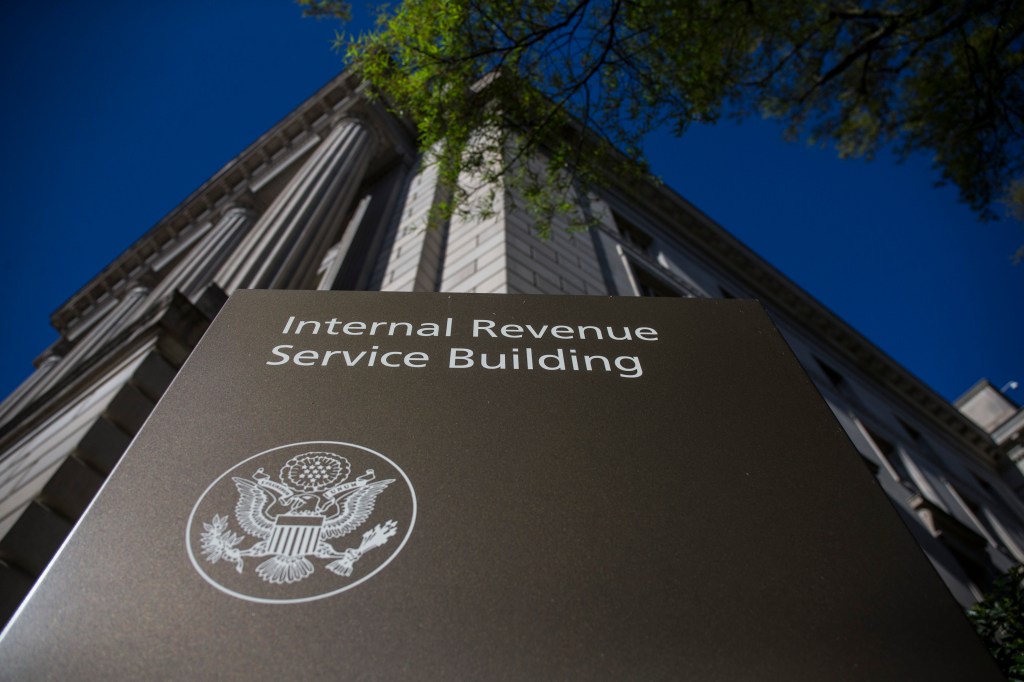The US Treasury Department is ramping up its efforts to make cryptocurrency investors comply with US tax law to make it harder for crypto investors to dodge income taxes when they sell digital assets.
Using existing law, plus new authority granted by the Infrastructure Investment and Jobs Act, the proposed
Register for free to keep reading.
To continue reading this article and unlock full access to GRIP, register now. You’ll enjoy free access to all content until our subscription service launches in early 2026.
- Unlimited access to industry insights
- Stay on top of key rules and regulatory changes with our Rules Navigator
- Ad-free experience with no distractions
- Regular podcasts from trusted external experts
- Fresh compliance and regulatory content every day

















